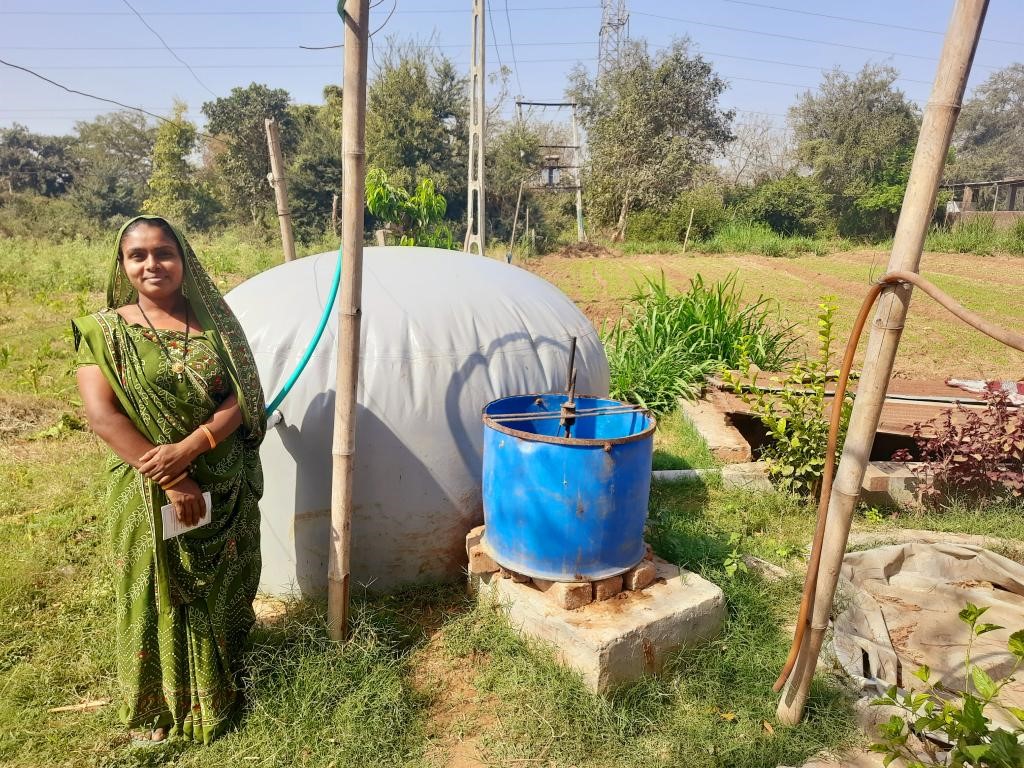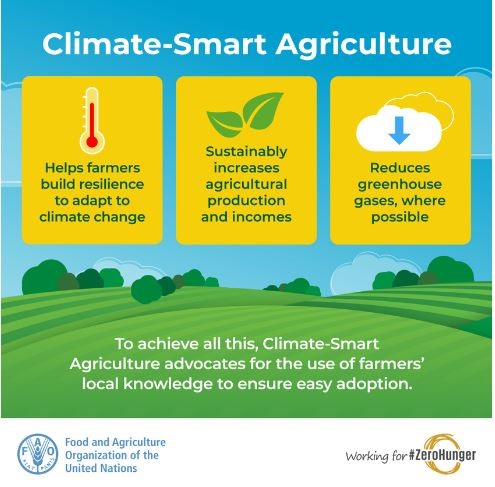Free Courses Sale ends Soon, Get It Now


Free Courses Sale ends Soon, Get It Now



Disclaimer: Copyright infringement not intended.
Context
Climate-smart Village

Some examples of climate-smart agriculture practices are:
Aim of Climate Smart Villages
Benefits Of Smart Farming
|
Case study of Zakariyapura village ●In 2019 officials from the National Dairy Development Board (NDDB) facilitated meetings and educational visits for women from Zakariyapura to install flexible biogas units. ●With the assistance of NDDB, all 368 households with livestock were equipped with flexi biogas plants. ●The cost of setting up a plant was between Rs 30,000 and Rs 32,000. NDDB paid for half the cost, while the households contributed the remaining. This contribution can be recovered through the sale of slurry. ●All 368 biogas plants have been geotagged. ●The installation company, in collaboration with NDDB personnel, conducted a series of training sessions to educate local women on plant operation, maintenance and the potential economic and environmental advantages. ●A centralised slurry processing centre was established. ●To ensure fairness, a transparent slurry procurement system was implemented similar to that of milk, where women farmers are compensated based on the quality of slurry supplied (ranging from Rs 0.25-2 per litre), assessed using predefined rate charts based on dissolved solids and electrical conductivity measurements. ●The implementation of these plants has yielded numerous economic, environmental and societal benefits. Each biogas plant produces the gas equivalent to around two LPG bottles per month, sufficient to fulfil the cooking needs of a five-person family three times a day. In total, the biogas system helps households save between Rs 3,500 and Rs 4,500 per month. |
Conclusion
Important articles
https://www.cgiar.org/innovations/climate-smart-villages-and-valleys/
|
PRACTICE QUESTION Q. As weather patterns become increasingly unpredictable, farmers struggle to support regular crop yields. In the context of rising extreme weather events, critically evaluate the importance of climate-smart agriculture in the Indian context. (250 words) |
© 2024 iasgyan. All right reserved